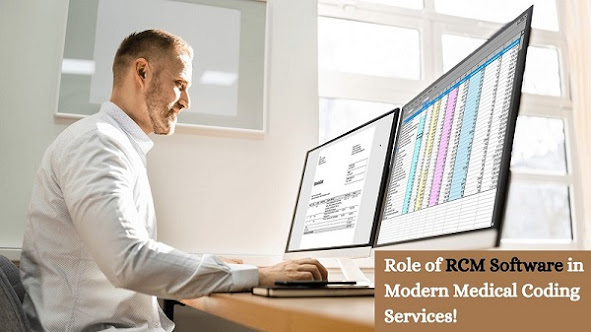How can practices ensure complete security of patient data?
To ensure security of patient data, a practice needs to make sure that its health IT system is working smoothly. The EHR system of the practice should be HIPAA and HITECH compliant. It will prove that the practice is following up with the standards set by the government.
There are
administrative, physical and technical safeguards that the practice can take
for the protection of PHI. Let’s look into some of them.
Administrative safeguard: It refers to the steps and procedures
made by your practice to guard and secure patient information. The
administrative safeguards in the HIPAA Privacy Rule:
Relevant
information systems should be identified
Risk
assessment reports should be conducted
Risk
management program should be implemented
The data of
patients going through the treatment of HIV/AIDS needs to be especially
safeguarded when assessing the risk of unauthorized use or disclosure. Any
disease that is a social taboo needs to be especially taken care of in terms of
privacy. It is an important step in maintaining the security of the overall
system.
Physical Safeguards: These are measures taken by the
practice to protect damage of hardware equipment and the facility that stores Protected
Health Information (PHI). Both electronic and paper-based medical records face
security issues related to patient information. The key steps that could be
taken to ensure security policies and procedures are in place include:
Access control—Limitations should be placed in order
to secure PHI storage houses. Only authorized personnel should be allowed
access to the facility.
Data storage house—The storage space should be built
where the general staff members do not usually visit. It will ensure security
as the traffic of the employees around the PHI storage space will be reduced.
Security of workstation—Security procedures should be put in
place in terms of appropriate use of workstations. They should be properly
locked up when employees are not working. It will make sure the data on the
systems remains safe.
Technical Safeguards: It deals with security measures that are built into practices’ health IT system to protect PHI and control access to it. It includes encryption and decryption of electronic data. It also involves safeguarding against unauthorized access while the data is being transferred from one system to another. Let’s look into three procedures.
·
Control through audit—The activity taking place in health
IT systems should be recorded and examined that contain or use PHI. It will
ensure technical safeguard of the system.
·
Alteration—In order to protect PHI from any kind
of inappropriate change or in extreme cases destructions, policies and
procedures should be placed in order to authenticate PHI.
·
Transmission of data—Security procedure should be placed
in order to guard the system against unauthorized access to PHI. The
transmission of data rules should be made clear to the employees from day one. Data
shared over networks can be accessed by outsider if security is lacking, therefore
it should follow proper procedures to ensure security.
Practice
should prevent any kind of unauthorized access to the practice at all costs.
Since the data of the practice is a cesspool of patient information that needs
to be taken care of properly.



Comments